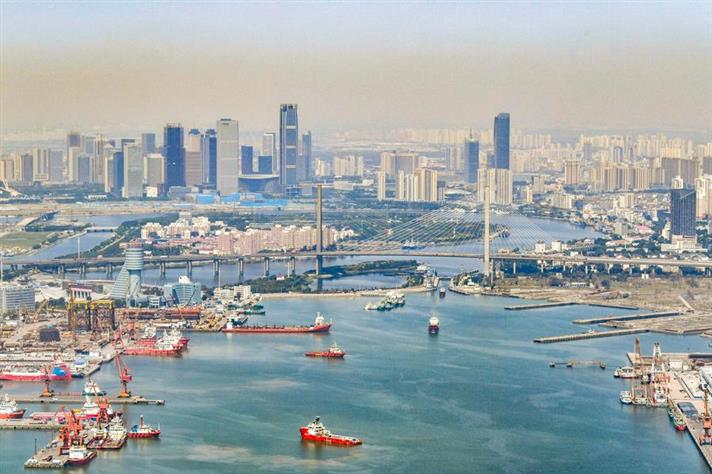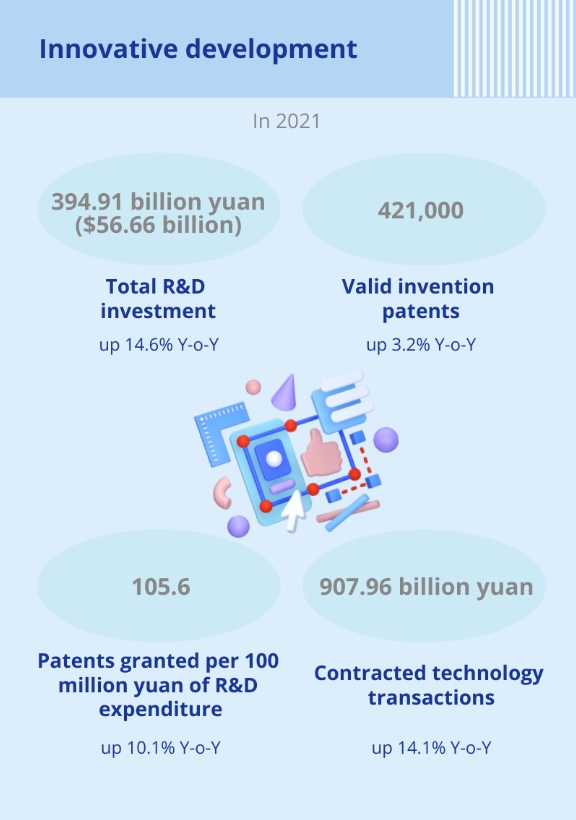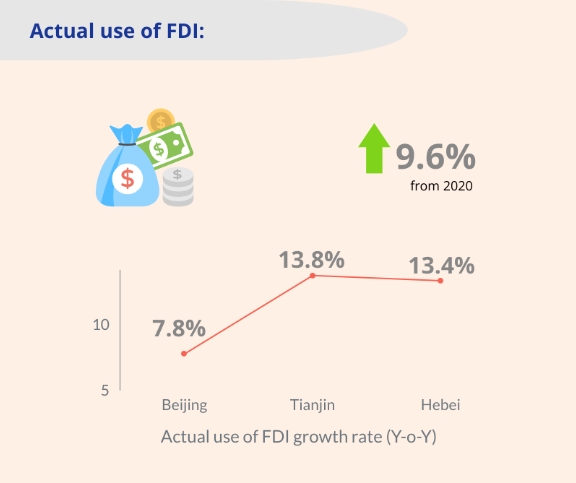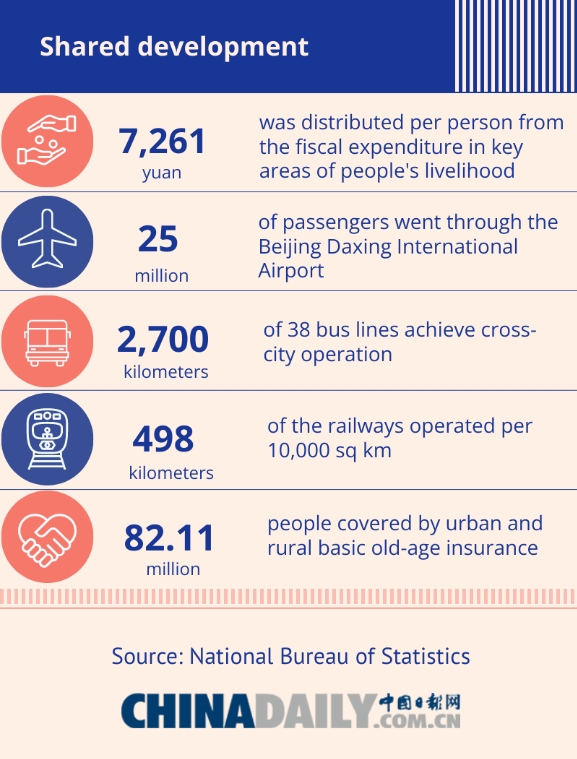Tianjin Promotes the BTH Region’s Development

Tianjin municipality has been building a modern industrial system featuring intelligent technology, harnessing its total industrial output value exceeding 2.1 trillion yuan ($302.19 billion).
The city has 151 national innovation platforms, including 14 national key laboratories and 38 national engineering research centers.
The World Intelligence Conference has been held six times in Tianjin, which has played an important role in boosting the development of the industry. A total of 702 cooperation agreements were signed at the event with an agreed investment of 543.8 billion yuan.

Tianjin set up a special fund of 10 billion yuan for smart manufacturing, and has supported 3,000 projects, and created 300 smart factories and digital workshops.
The city has accelerated green transformation by rolling out a plan for carbon dioxide peaking in the industrial field. The Tianjin branch of Sinopec and New Tianjin Steel Group were selected into the first batch of leader enterprises of China’s industrial “carbon peak”.
In addition, Tianjin has been striving for the coordinated industrial development of the Beijing-Tianjin-Hebei region. The three regions issued a combined coordination plan at the national level.
By undertaking Beijing’s non-capital functions, it introduced several high-quality projects from leading enterprises as they support the steady recovery of the economy of Tianjin.
Sinopec built a 1.2 million tons ethylene project in Nangang, driving the development of downstream new material industry.

Lenovo set up its Xinchuang (information technology application innovation) industrial headquarters and production base in Tianjin, with an annual output of three million units.
In 2022, the number of registered industrial projects of Beijing enterprises reached 230 in Tianjin, with a total investment of 127.15 billion yuan.
In addition, Tianjin focuses on generation information technology and biomedicine by strengthening cooperation in key industries, and has formed industrial cooperation models.
The city’s six laboratories bring together a group of top scientific research teams led by academicians, as well as talents from academe and enterprises.
The life and health industry cluster jointly built by Beijing, Tianjin and Hebei province was selected as a national advanced manufacturing cluster.

According to the latest data from the National Bureau of Statistics of China, the Beijing-Tianjin-Hebei regional development index reached 138.9, an increase of nearly 40 percent over 2014, showing a good momentum for coordinated development.












 津公网安备 12019002000128号
津公网安备 12019002000128号

